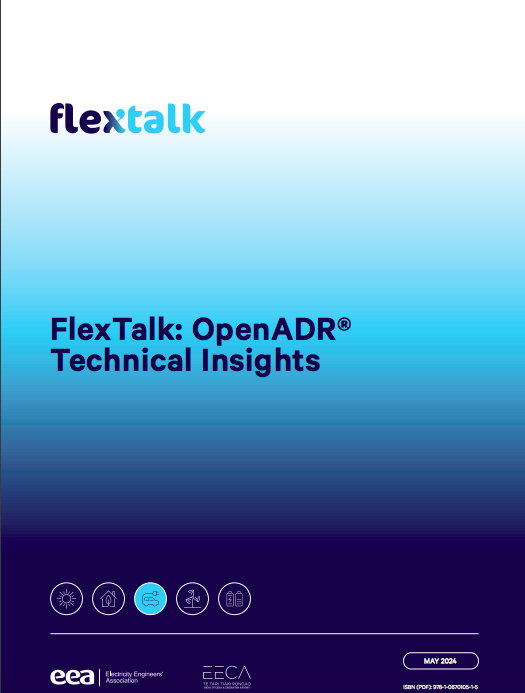Across the globe there has been the increasing number of electric vehicles, batteries and smart devices in the home and the need to find ways to achieve greater flexibility in how demand resources are managed.
Specifically, New Zealand has committed to achieving net zero emissions by 2050 and a goal of reaching 100 percent renewable electricity generation by 2030. As the country embarks on an ambitious energy transition, it has many natural advantages, including a strong renewable resource base.
Energy system flexibility can help to facilitate the introduction of more intermittent renewable electricity generation and provide consumers with an opportunity to play an increasing role in the operation of the electricity network. However, if left uncontrolled, increased electrification will require significant investment in the network infrastructure resulting in these costs being passed onto the consumer via their electricity bill.
In 2022, the Electricity Engineers’ Association (EEA) and the Energy Efficiency and Conservation Authority (EECA) came together with industry partners to form the FlexTalk (Demand Flexibility Common Communications Protocol Project). OpenADR member company Cortexo, based in New Zealand, had a key role as a ‘technical lead’ providing the knowledge and technology to implement the technical solution.
The main objective of the project was to explore how to better enable customer flexibility to be utilized by testing the interoperability of a two-way common communication protocol between an electricity distribution company and flexibility supplier.
The adoption of OpenADR in New Zealand is still in its early stages. Historically, distribution utilities managed stress or constraints using simple demand management signals like ‘ripple control.’ Aiming for a common and more flexible demand communication mechanism, standards regulators and utilities have trialed OpenADR due to its open, global standard and compatibility through certification.
Over the past 18 months, New Zealand has used OpenADR in seven trial programs to dispatch demand flexibility. Cortexo provided the VEN software for all flexibility suppliers and was one of three VTNs for the distribution utilities. The trial tested the feasibility of a common communications protocol and developed the procedures needed for the active management of electric vehicle charging and battery dispatch in near real time.
The final project reports were published in May following the Power + Utilities Conference in Melbourne. Download the reports using the links below:
The project team has concluded that any adopted protocol should deliver standardized functionalities, namely that it should enable real-time data exchange and be interoperable, secure, scalable, maintainable, platform independent, backward and forward compatible, and non-proprietary. FlexTalk is recommending the electricity sector adopt a standardized protocol for communication and data exchange, to manage some of the challenges in achieving widespread engagement in demand flexibility.
The FlexTalk: The demand flexibility common communication protocols project final report outlines why demand flexibility is so important, what is happening internationally, what was tested, what was found and what the project’s recommendations are.
The FlexTalk: OpenADR technical insights provide more technical detail of the FlexTalk program design and guidance on implementation approaches for the OpenADR protocol. During the trial, valuable insights were gained which are detailed in the end-of-trial report.
The main result was that the OpenADR protocol met all the required use cases defined in the project, and implementation was straightforward and not technically difficult.

